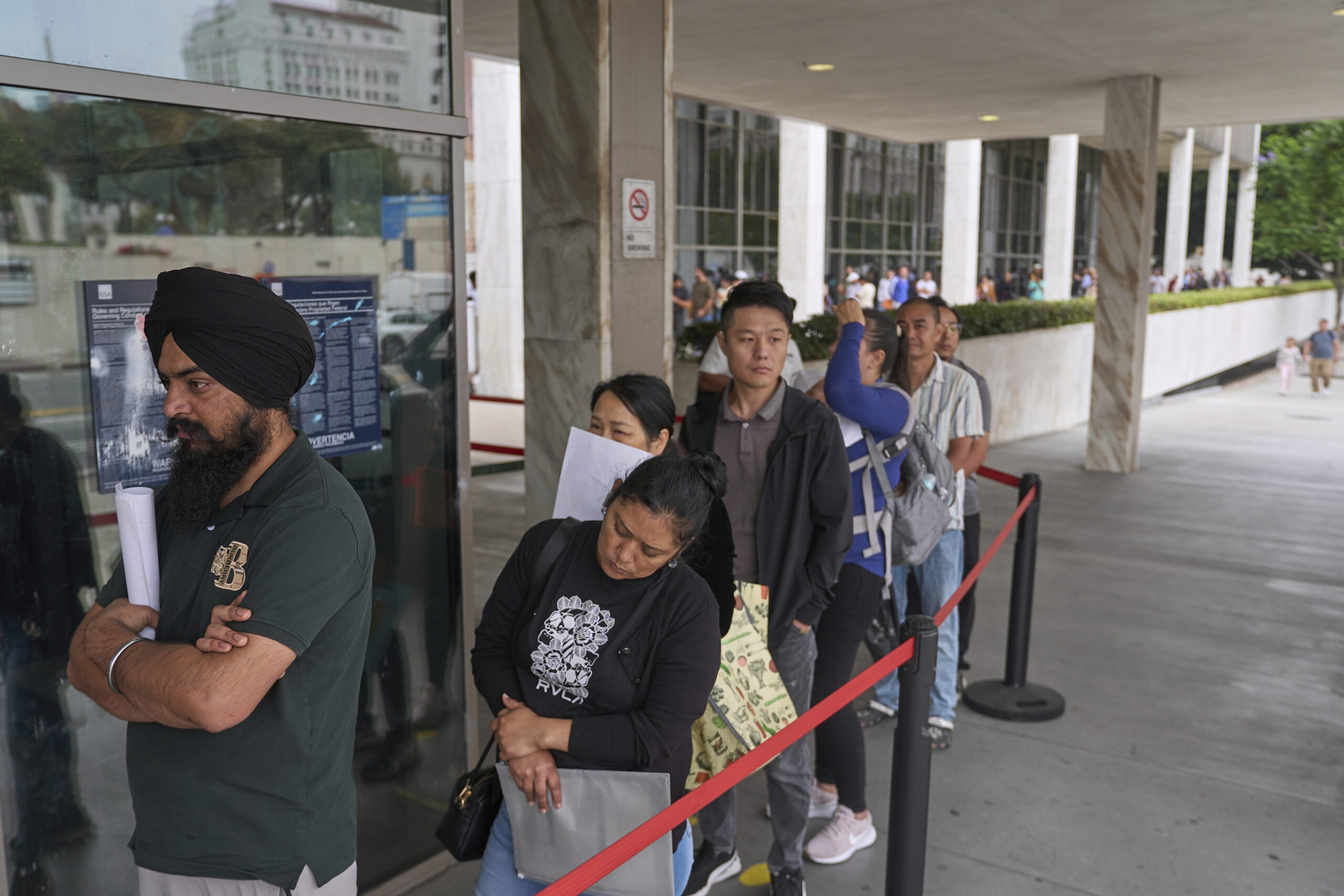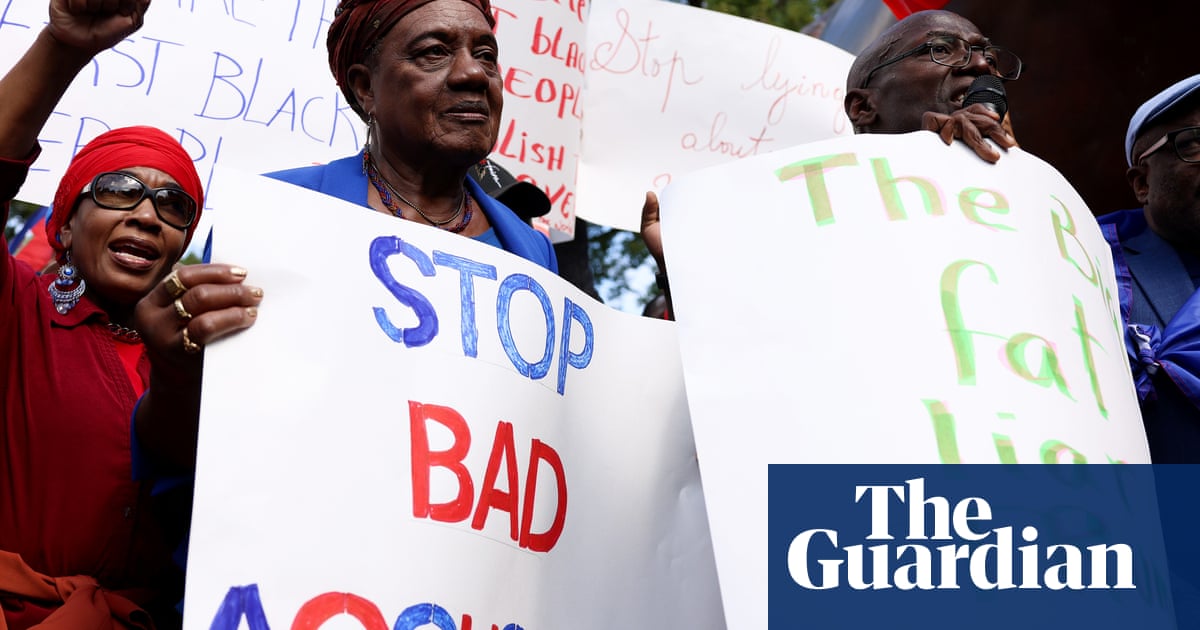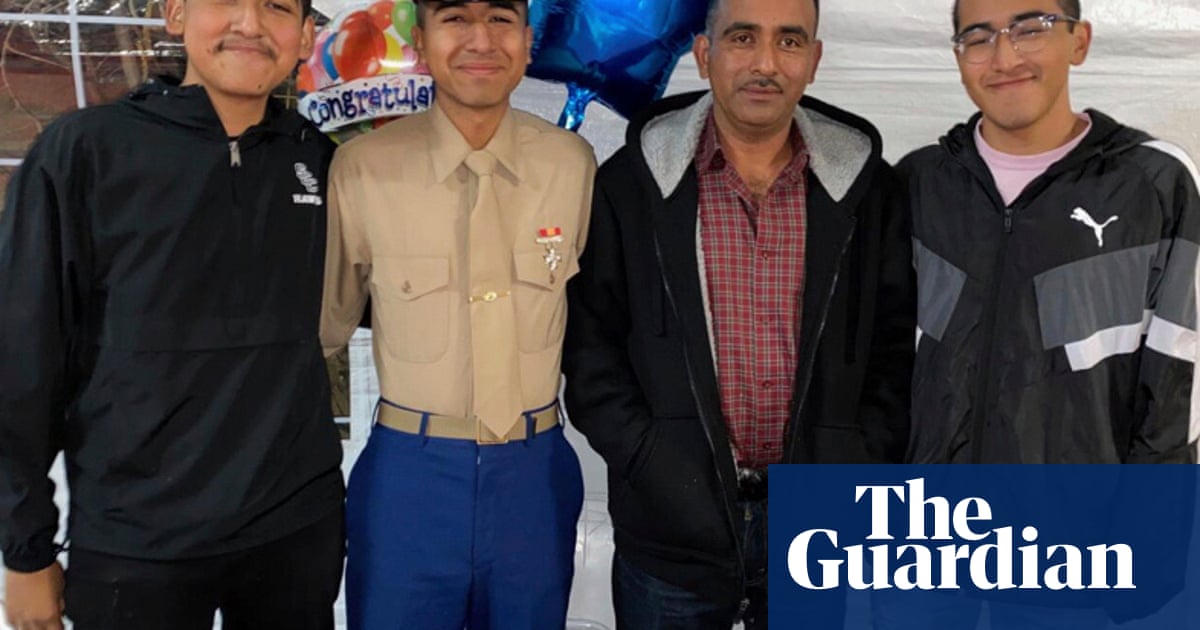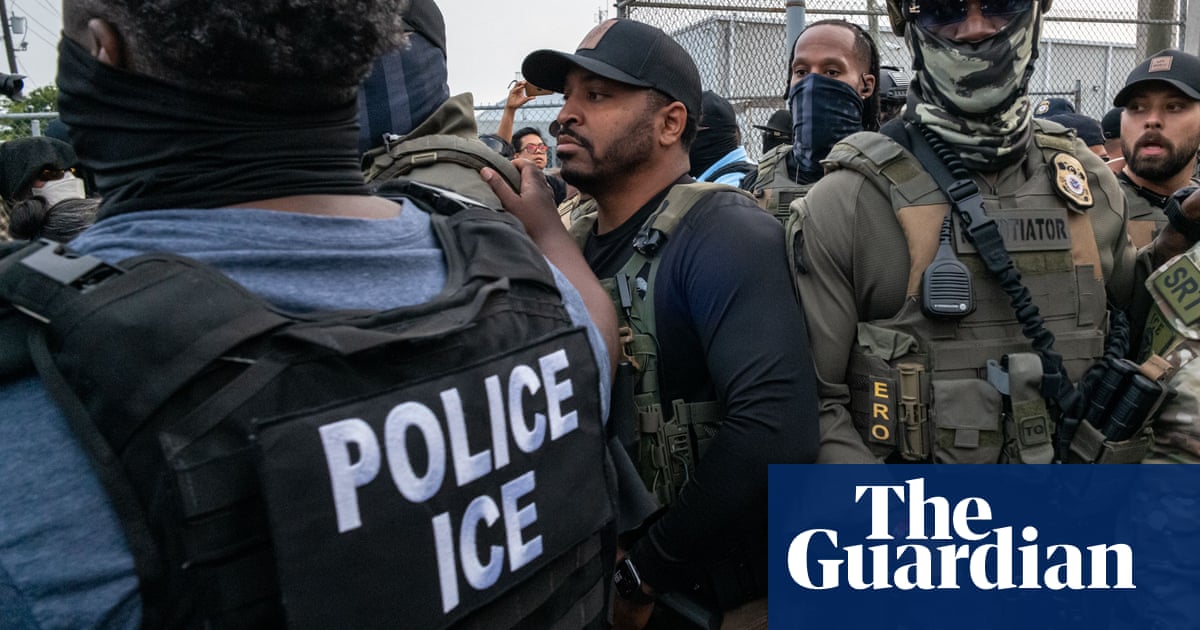You know, it’s not just the large language models of AI that are hallucinating.
The Trump administration is promoting the idea that if it deports all the undocumented farmworkers who plant and pick our crops, the labor gaps will be filled by able-bodied adults currently sitting around the house playing video games and mooching off taxpayers for their publicly funded healthcare.
This is absurdity masquerading as arithmetic.
The other day, Agriculture Secretary Brooke Rollins announced that, contrary to Trump’s own recent statements, the administration is not planning to back off mass deportations of agricultural workers.
“The mass deportations continue, but in a strategic way, and we move the workforce towards automation and 100 percent American participation,” she said during an event at U.S. Department of Agriculture headquarters. “With 34 million people, able-bodied adults on Medicaid, we should be able to do that fairly quickly.”
That figure is grossly misleading, and a thinly veiled effort to vilify Medicaid — Medi-Cal in California — recipients as idle, which, overwhelmingly, they are not. The number of able-bodied Americans on Medicaid who might be able to pick our lettuce and apricots or who might be able to harvest our watermelons and strawberries is closer to 5 million, according to the Congressional Budget Office.
But whether the number is 34 million or 5 million, it’s a fantasy to believe that Americans will do the jobs currently filled by migrant farmworkers.
“Not gonna happen,” said Manuel Cunha, head of the Nisei Farmers League, a grower support organization founded 54 years ago in response to the United Farm Workers labor movement.
In the 1990s, Cunha was involved in a disastrous attempt to get adults off welfare and into the California farming workforce. Growers coordinated with the state’s Employment Development Department, arrangements were made for child care and transportation. And yet, as Cunha told the U.S. Senate’s immigration subcommittee in 1999, only three people showed up to work in the fields. “There was no interest on the part of welfare individuals to work in agriculture.”
And there is no reason to think that would be any different today.
Farm work requires skill and physical tenacity that comes from years of experience. You don’t just plop someone into a peach orchard and tell them to go prune a tree. Or let them loose on a strawberry field and expect them to come back the next day. In 2013, my colleague Hector Becerra decided to experience farm labor for himself, and arranged to spend a day picking strawberries in Santa Maria.
The experience sounded, frankly, hellish. He worked alongside three dozen Mexican migrants “bent at an almost 90-degree angle, using two hands to pack strawberries into plastic containers that they pushed along on ungainly one-wheeled carts.”
He could not keep up with the other pickers, and by lunchtime, Hector wrote, he was sore and exhausted. He lasted little more than seven hours, and then “surrendered.”
Many of California’s thousands of migrant farmworkers have been here for decades. They cannot easily be replaced. “They are skilled laborers and their families are part of our small rural communities,” Cunha told me. “My farmers deserve a workforce that can do the job. Provide them with a work authorization card.”
It was only a few years ago, during the COVID-19 pandemic, Cunha recalled, that the country heaped praise on farmworkers. “Everybody said they were the most essential front-line workers. Every worker put their life on the line to feed the world, and today we can’t give them a little piece of paper to be here legally?”
Rollins’ claim that growers are moving “toward automation” is as preposterous as assuming native-born Americans will take to the fields.
“As far as automation,” a San Joaquin Valley grower told me, “there is no automation.” He did not want me to use his name because he’s afraid of calling attention to his fields, where workers are currently harvesting.
“If I could replace those 20 people with machines,” he said, “I would.”
But melons, strawberries and tree fruit are delicate. (“If you look at an apricot the wrong way, it will turn brown,” Cunha joked.)
Farmers can use machines to harvest produce like tomatoes that are destined for a cannery, for example. But when it comes to fresh fruit and vegetables, the grower told me, “The American consumer wants perfect fruit and there is no machine that can harvest like human hands can.”
We are at this pathetic moment because President Trump’s brand of authoritarianism is incompatible with good faith efforts to find a workable solution to our dysfunctional immigration system.
When it comes to agriculture, hospitality and construction, we need immigrant workers, most of whom are from Mexico. Our economy cannot function without them. In my view, the raids happening at California farms and Home Depot parking lots are a form of state-sponsored terrorism, aimed at instilling fear and panic in hard-working communities. They have no bearing on Trump’s campaign promise to deport violent criminals.
In May, a bipartisan group of House lawmakers, including Rep. Zoe Lofgren (D-San José), offered a new version of the Farm Workforce Modernization Act, a comprehensive immigration and labor bill that would offer a path to legalization for some farmworkers, reform and expand the current H-2A guest worker program, allocate funds to improve farmworker housing and require employers to use E-verify for all workers. Similar bills were passed by the House in 2019 and 2021 but died in the Senate at the hands of hard-line immigration critics. This time, Lofgren has said that the Senate will have to take it up first, as her fellow Californian, Rep. Tom McClintock (R-Elk Grove), who chairs the House’s Immigration Subcommittee, does not support it. Don’t hold your breath.
In Trump’s world, there is no appetite for real immigration solutions. As many have noted, the president and his supporters are reveling in the violent theater of it all — the images of masked, armed men terrorizing people in the streets and fields. They see no downside to the cruelty.
Maybe they will reconsider when crops rot in the fields, hotel rooms stay dirty and construction sites are stilled. One day, the bill for this folly will come due.
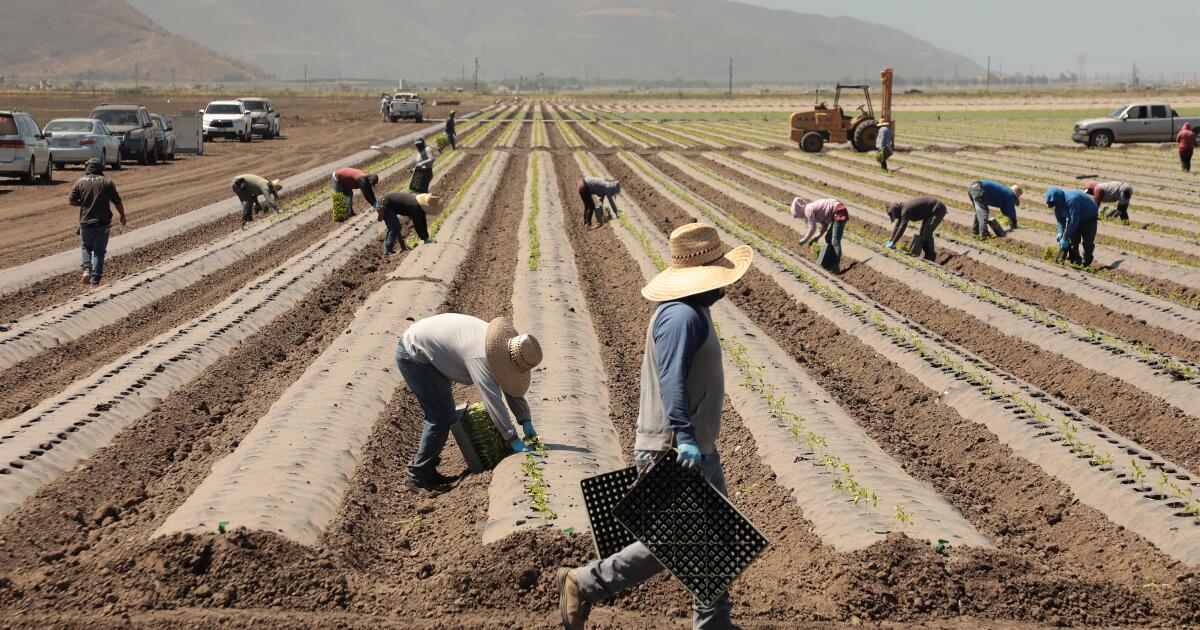
https://www.latimes.com/opinion/story/2025-07-13/deportation-farmworkers-medicaid-brooke-rollins

